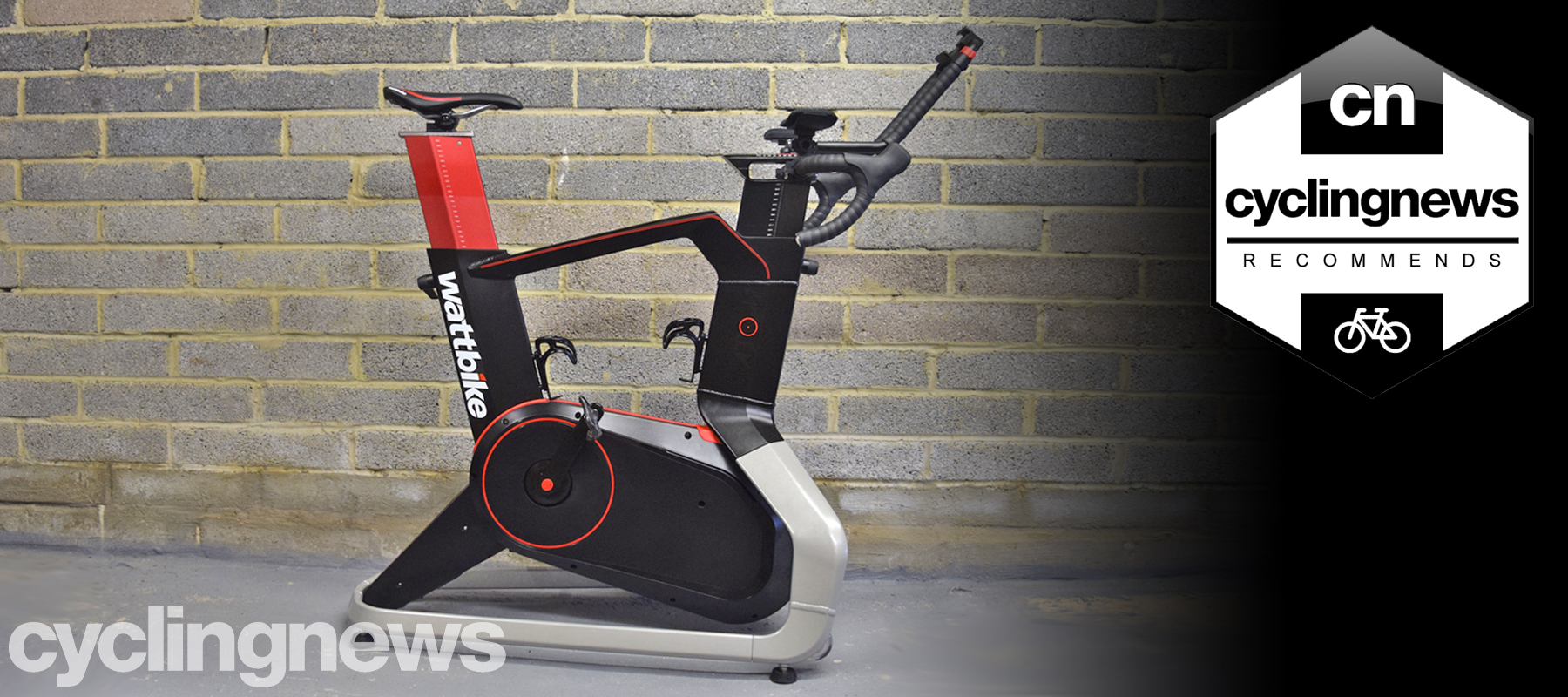Cyclingnews Verdict
Shifting speed improvements are a welcome addition to a smart bike that is markedly better, but still imperfect
Pros
- +
Vastly improved shifting responsiveness
- +
Factory calibrated makes for easy get-on-and-go
- +
Genuinely good looking so it's not an eyesore at home
Cons
- -
Slightly restrictive range of adjustment
- -
Compatibility with certain third-party apps still needs polishing
You can trust Cyclingnews
The original Wattbike Atom launched in response to the growth of indoor cycling as a discipline. Taking its data harvesting technology and experience of working with professional teams such as Team GB, Wattbike added in smart connectivity that could speak to indoor cycling apps and created a smart indoor training bike for the masses.
It had the monopoly on the small but growing sector of what we today know as smart bikes, and its competition was the smart turbo trainer market, and in comparison, Wattbike was the expensive solution to the pain cave problem.
That was until Eurobike 2019, where numerous brands launched smart bikes of their own, prompting a new sub-genre in the race for the title of the best exercise bike. All of them came with considerably higher retail prices than the Wattbike Atom offering, which transformed the Atom's position from expensive to the relative value option.
In response to this increased competition, and also feedback from users of the original system, Wattbike has updated the Atom with this, the Wattbike Atom (Next Generation).
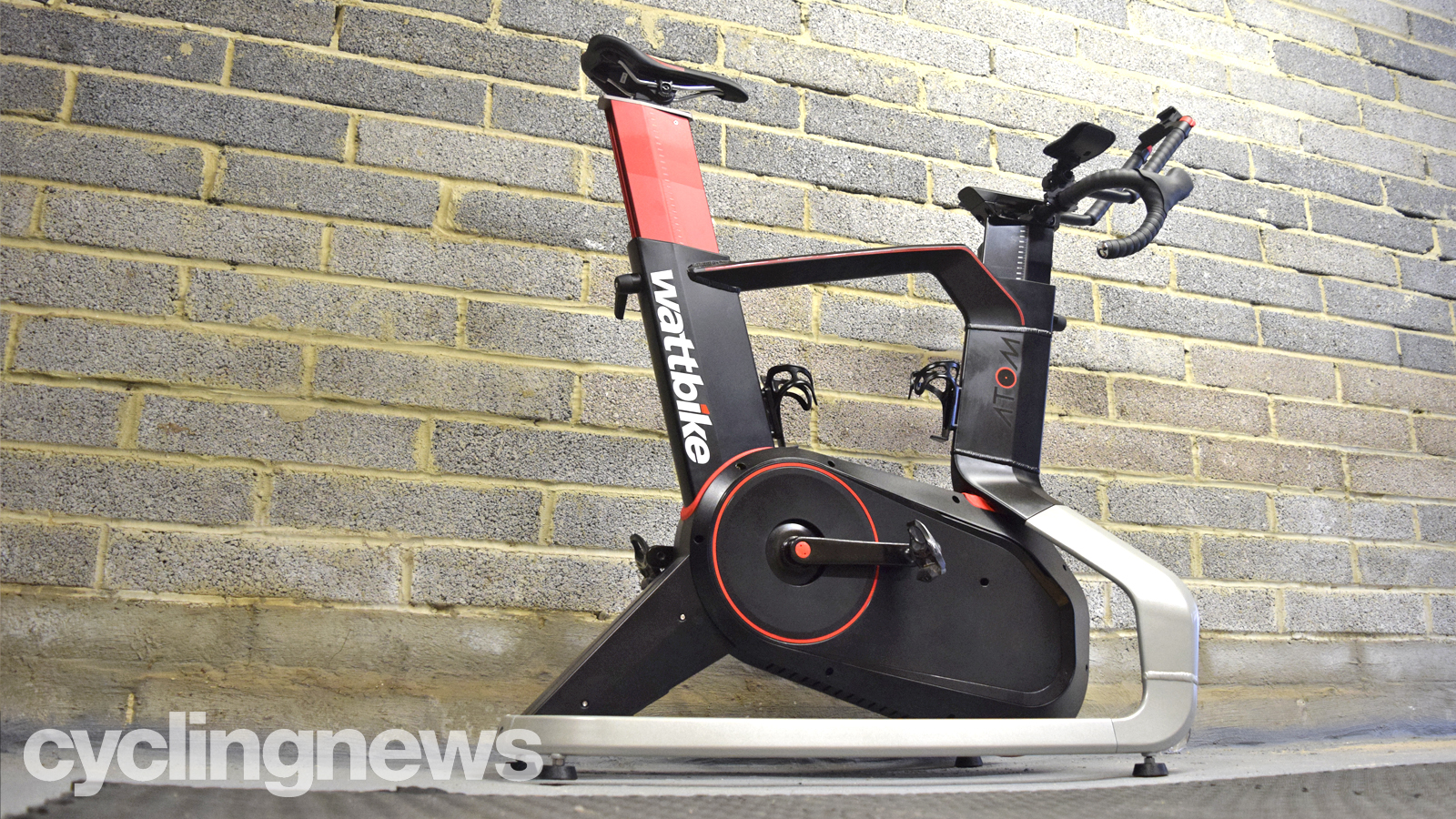
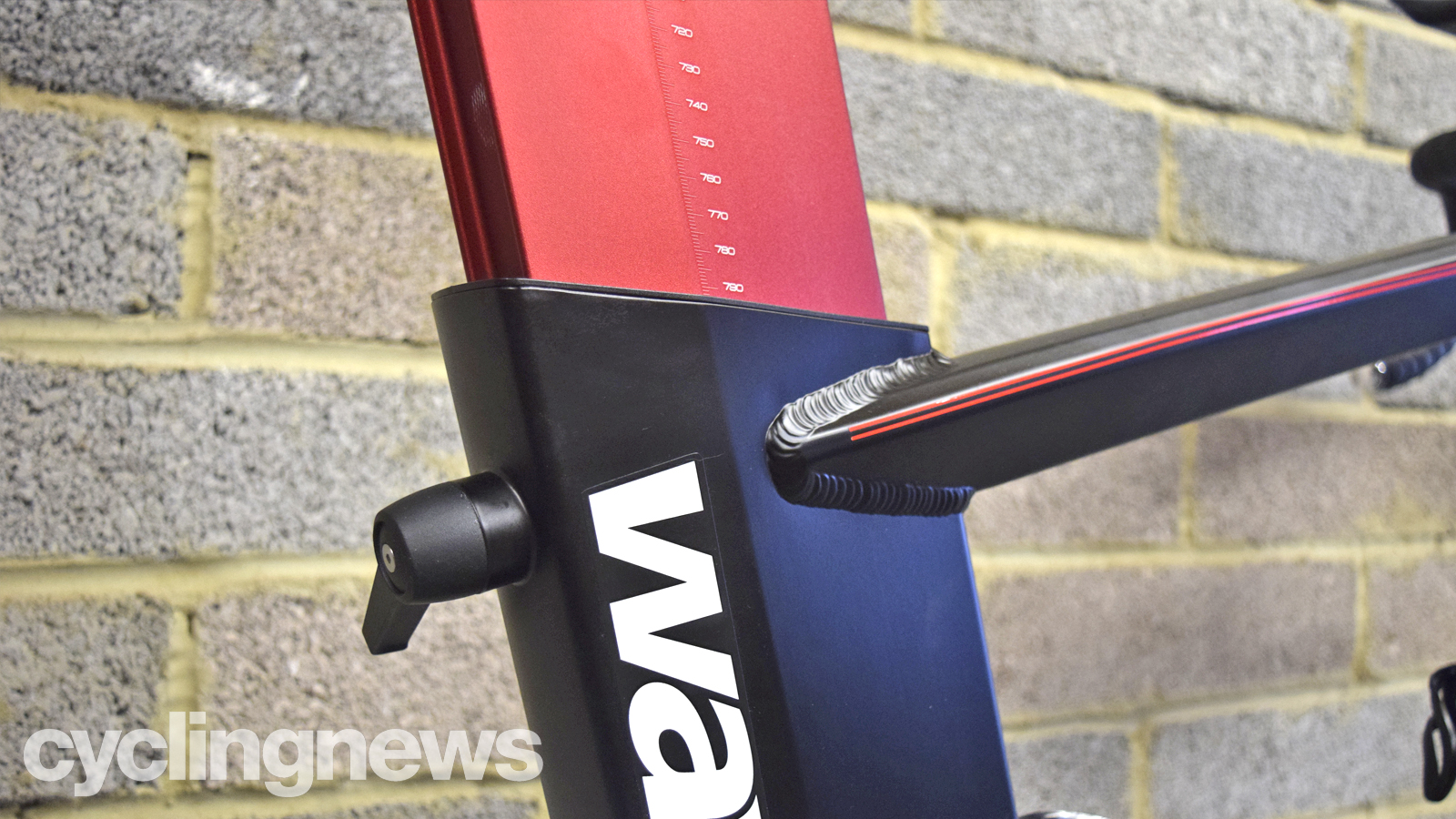
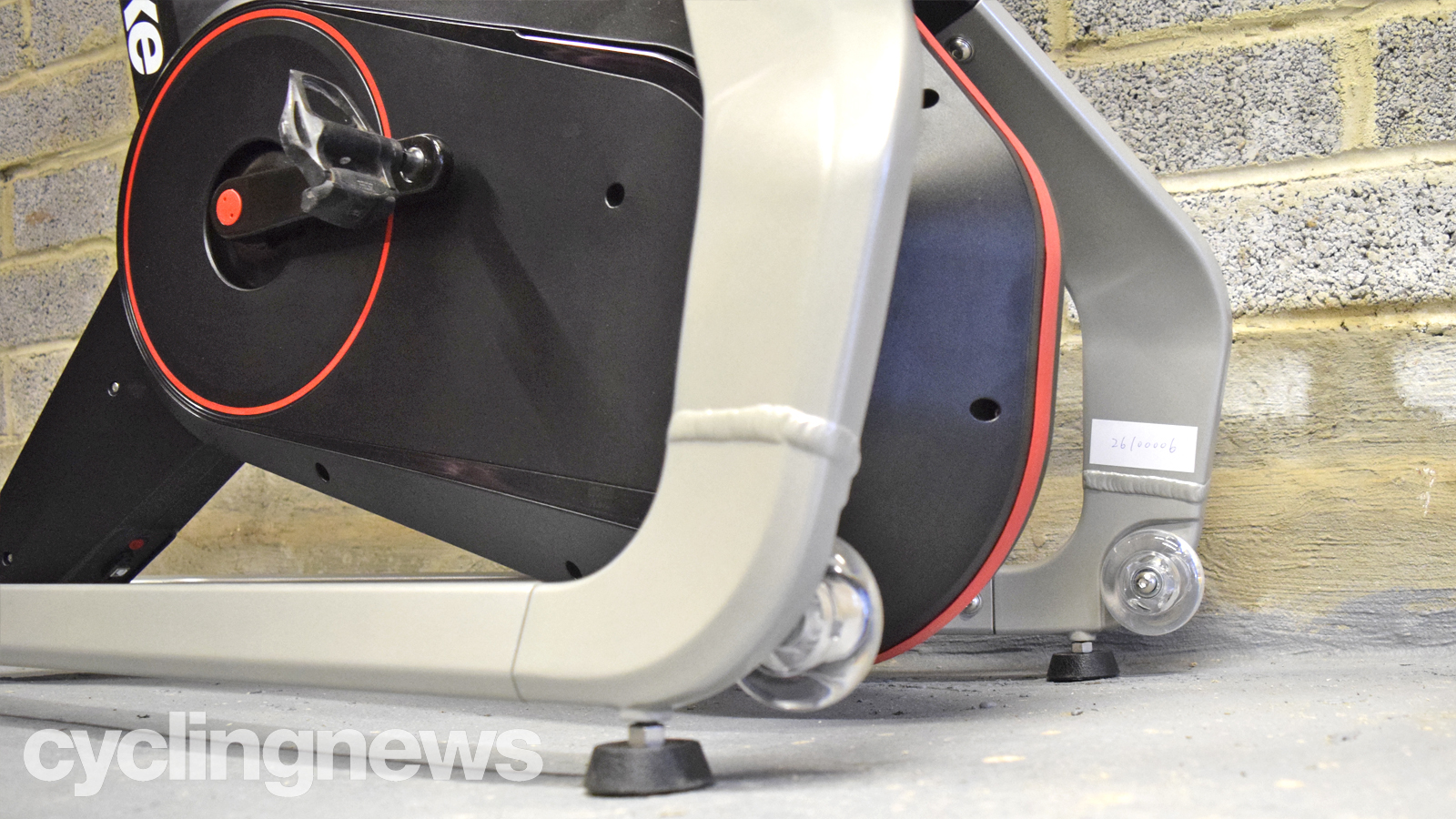
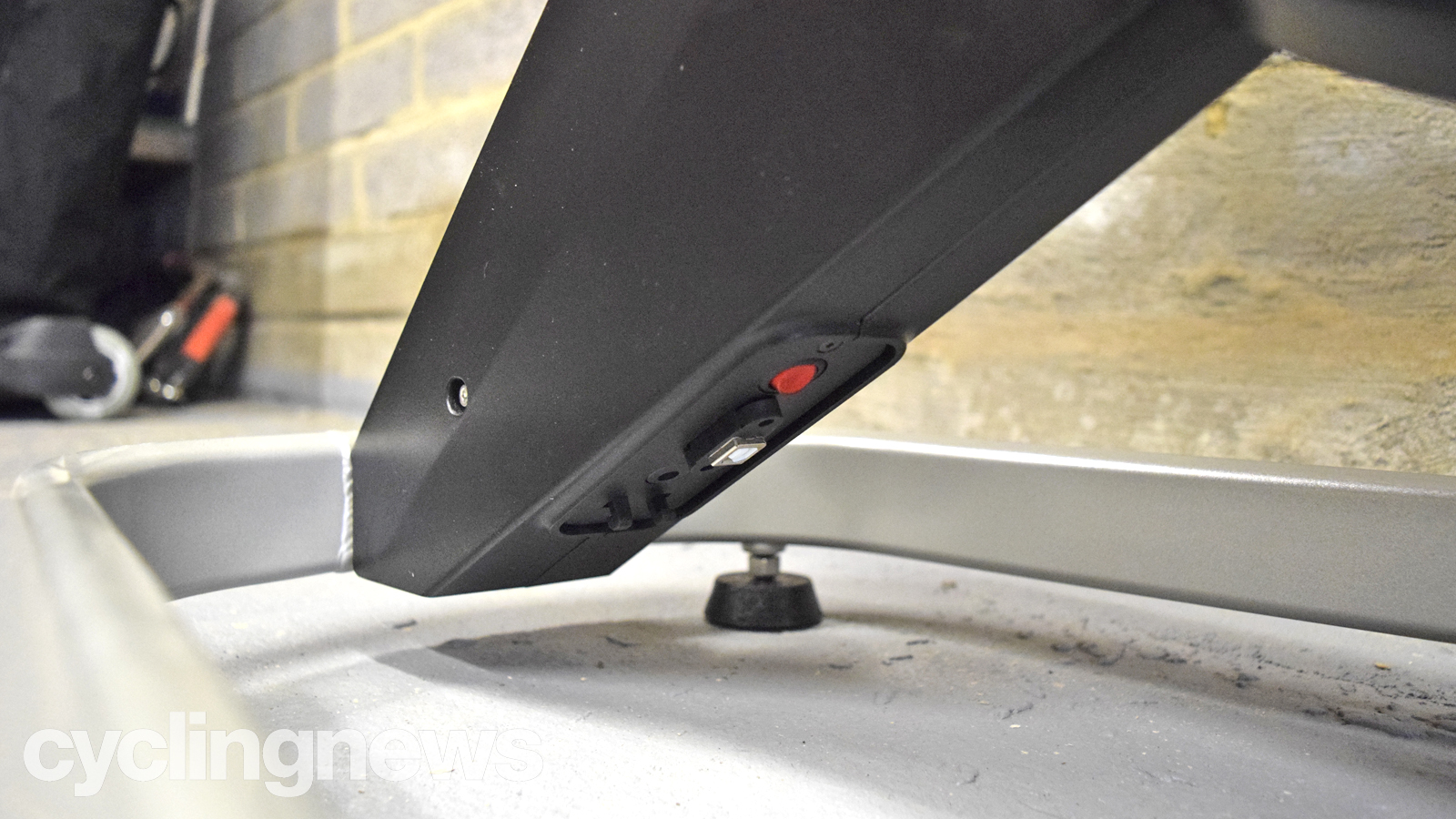
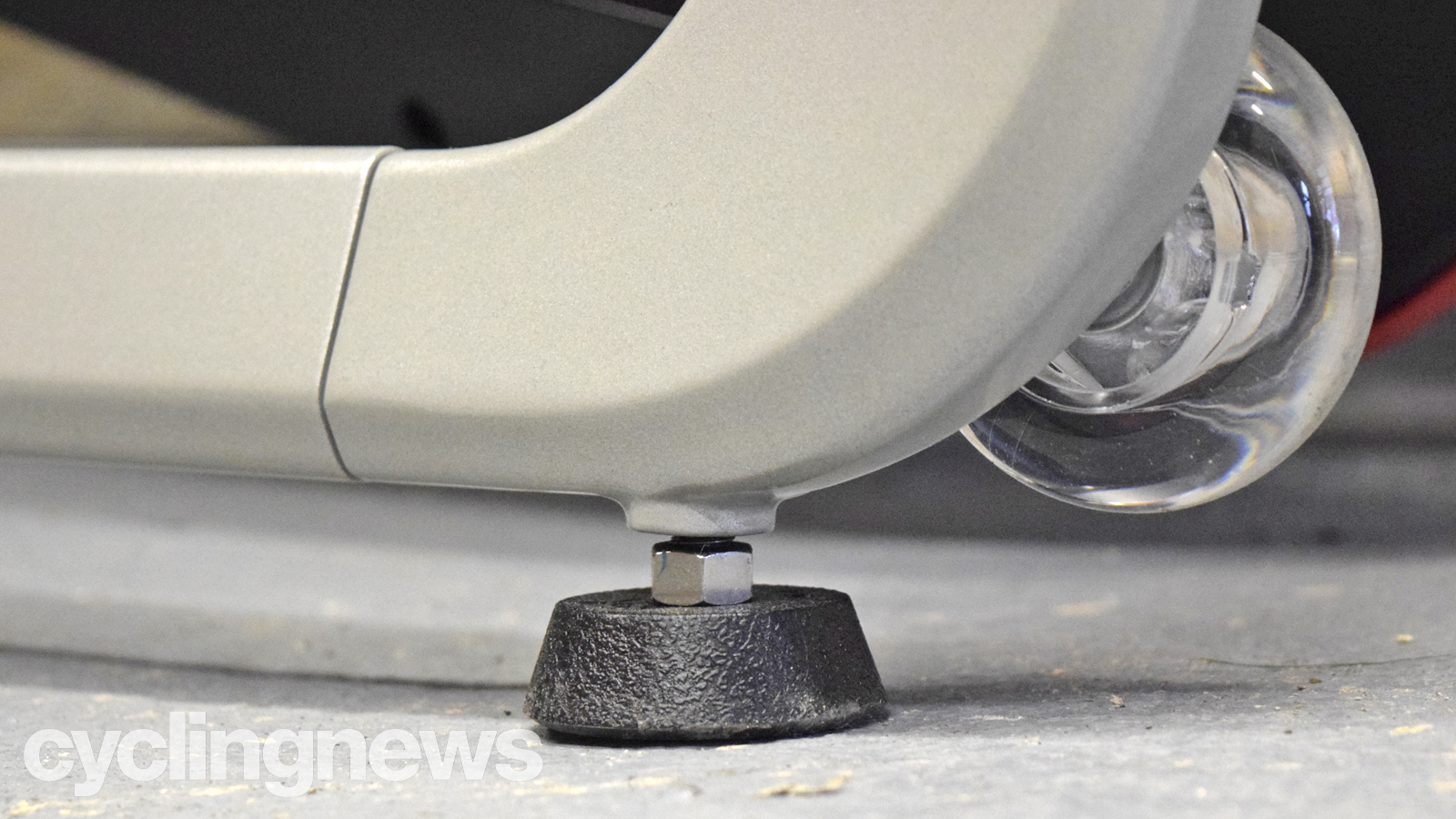
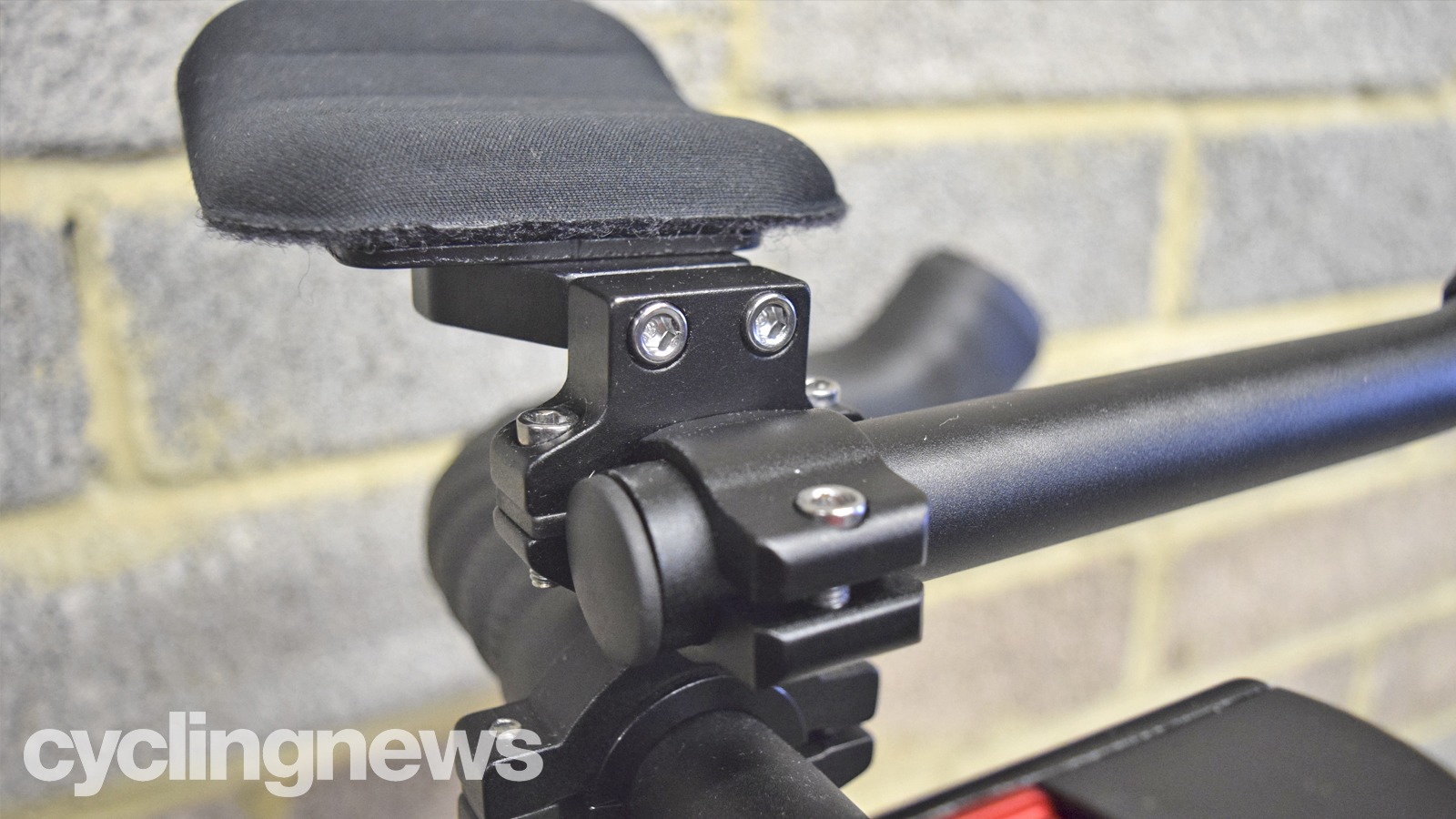
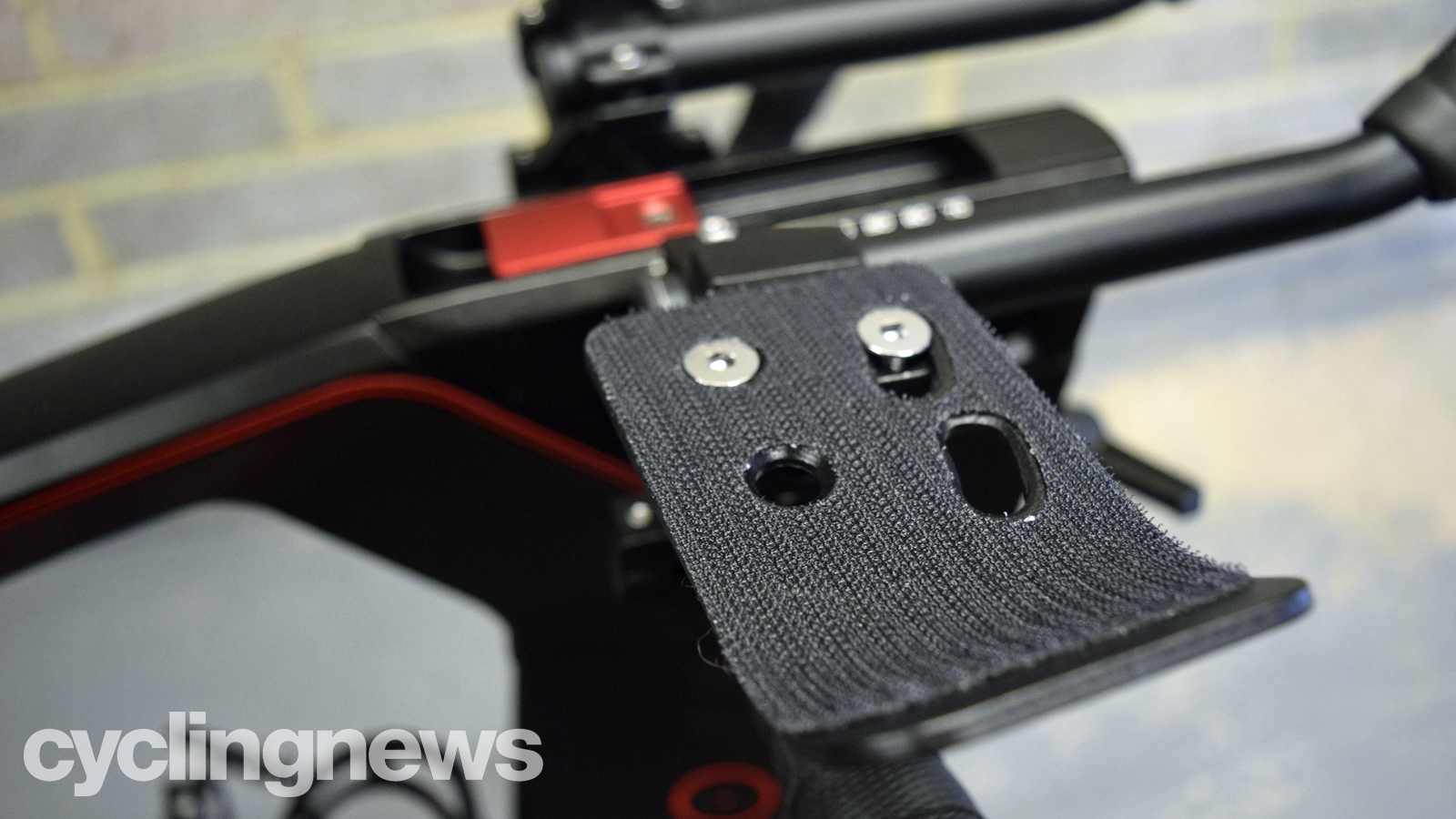
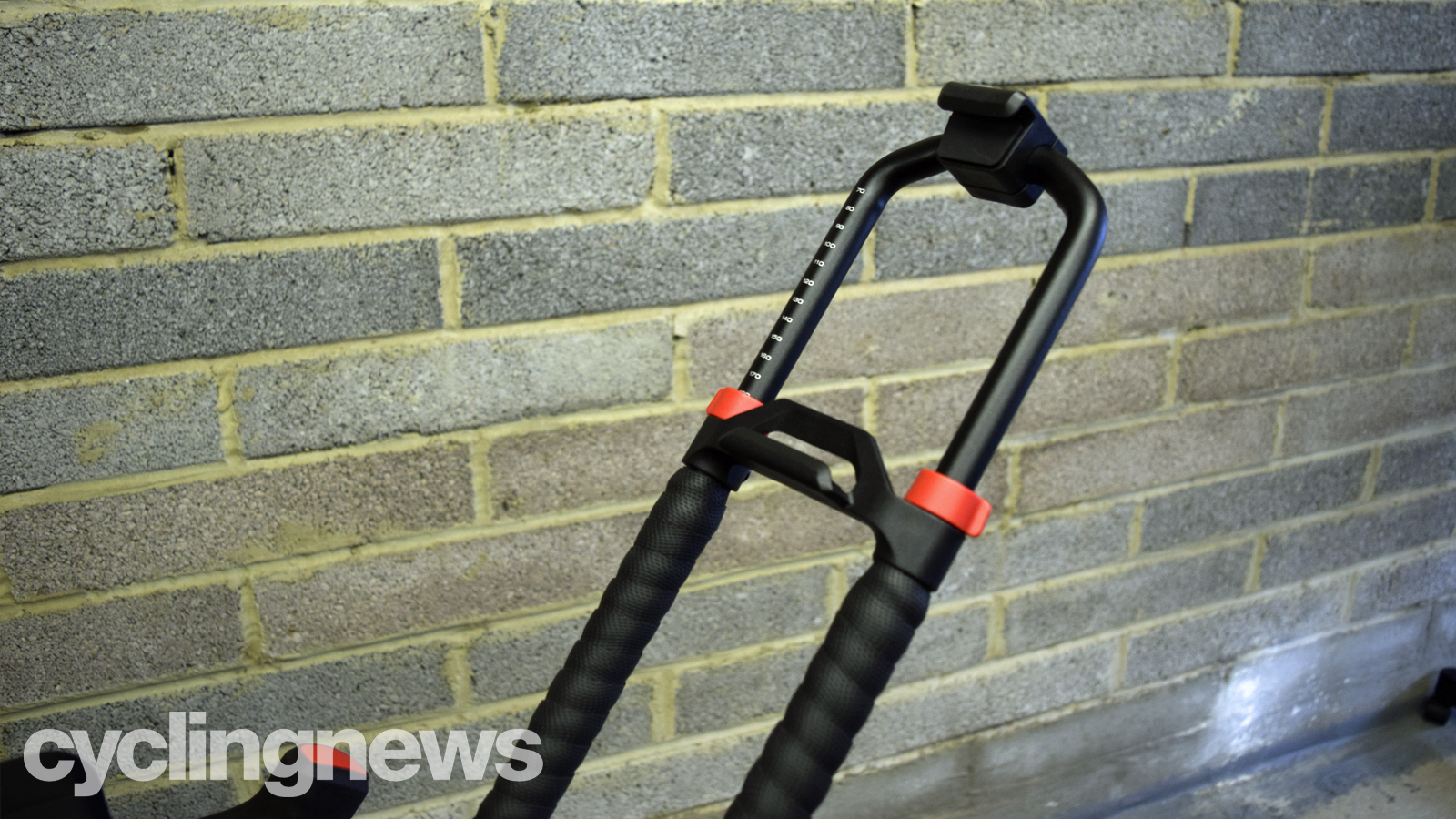
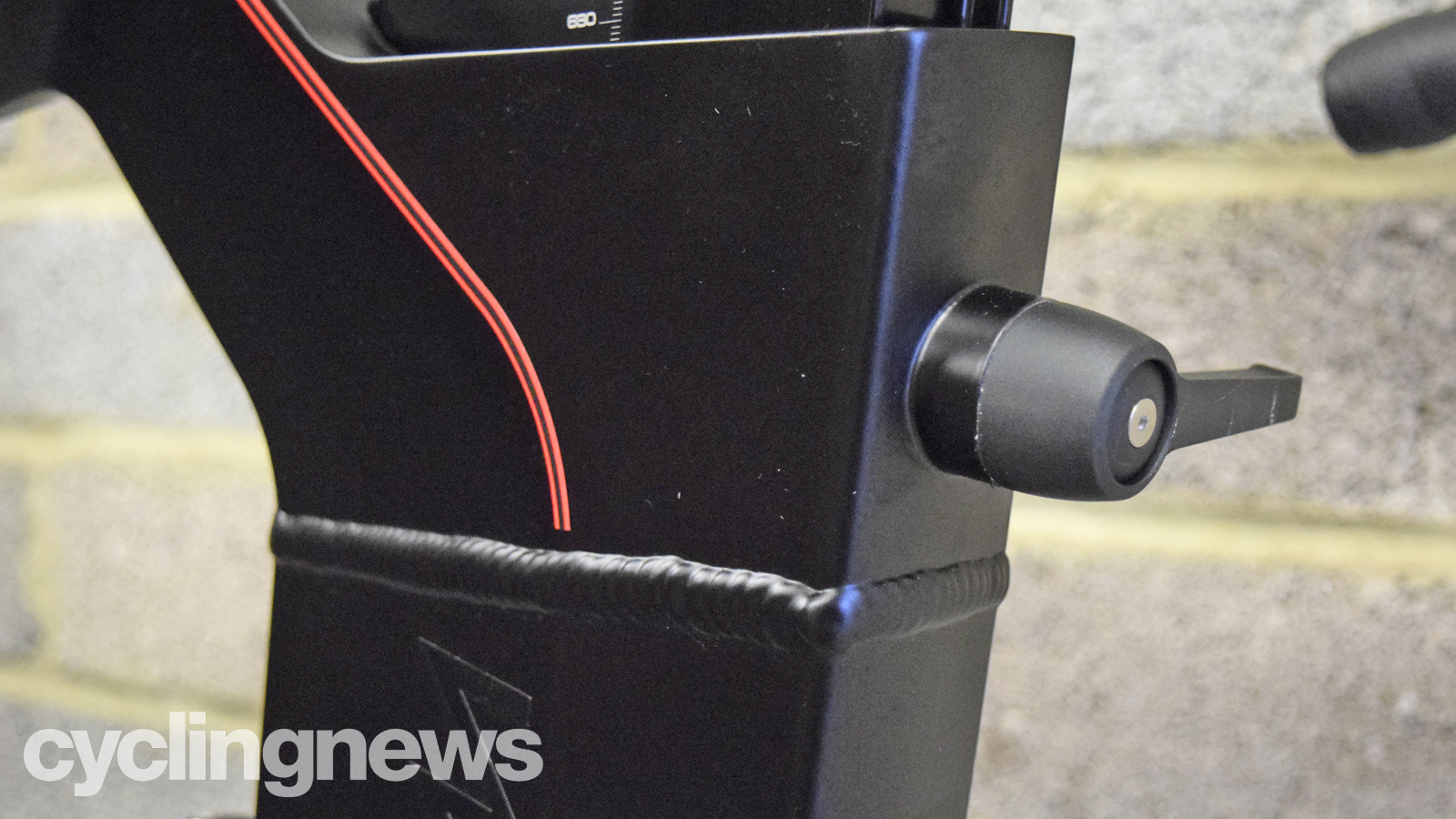
With it came claims of improvement to the power sensors, a new crank angle sensor, and electro-magnetically operated resistance to make the Atom Next Generation more responsive to changes in resistance when riding on Zwift or interval sessions. Wattbike has also brought power accuracy to within one per cent and increased the total resistance to 2500 watts.
With these updates, the Atom Next Generation comes at an increased cost of £1,999.00, $2,599.00, €2,149.00, AU$3,499.00.
Design and aesthetics
Visually, the Atom Next Generation shares the same form as the last, albeit with a few minor modifications to the seat post that increases stability, and to the casing that offers better sweat protection.
At 44kg, it's a heavy machine but the two roller wheels make it a cinch to move around should you need to. The platform is wide and surefooted, and in the most aggressive of my tame sprinting efforts, there was little by way of instability. This is further improved by adjustable feet, should you find yourself on uneven ground.
As with the previous iteration, the Atom Next Generation features both saddle and handlebar clamps that follow industry standards which means you're welcome to swap in your own touchpoints for increased comfort. The stock saddle is neutral enough that I found no desire to swap it out for the short two-week test period.
The handlebars are also fitted with clip-on time-trial bar extensions, at the end of which you'll find an integrated tablet/smartphone holder, which really is useful when it comes to offering a get-on-and-go experience.
These extensions offer minor adjustments to the position of the elbow pads, although the angle of the extensions themselves is fixed. Even in their most narrow position, the elbow pads would interfere with my wrists whilst riding in a standard road position, so if they're not something you'll tend to use often, you'll be pleased to hear they can be removed without losing the integrated smartphone mount.
As with the handlebar itself, the clip-on aero extensions can be also swapped out for your preferred choice.

Adjustment is actuated via smart, lockable levers that make for quick and easy adjustment of two basic variables: saddle height and handlebar height. Of course, this simplifies those adjustments no end, however, areas such as saddle angle, saddle set back, and handlebar reach are all tooled.
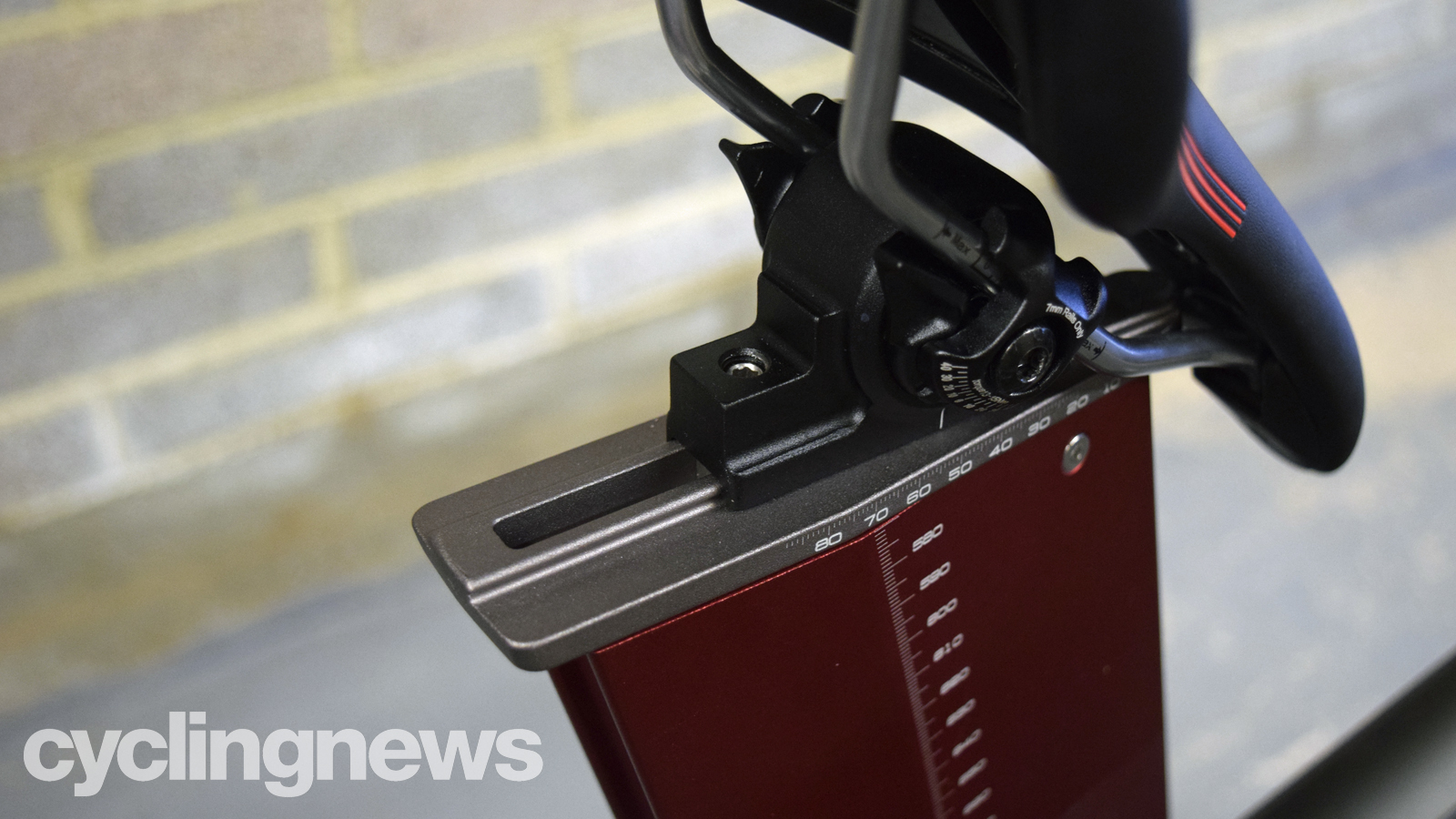
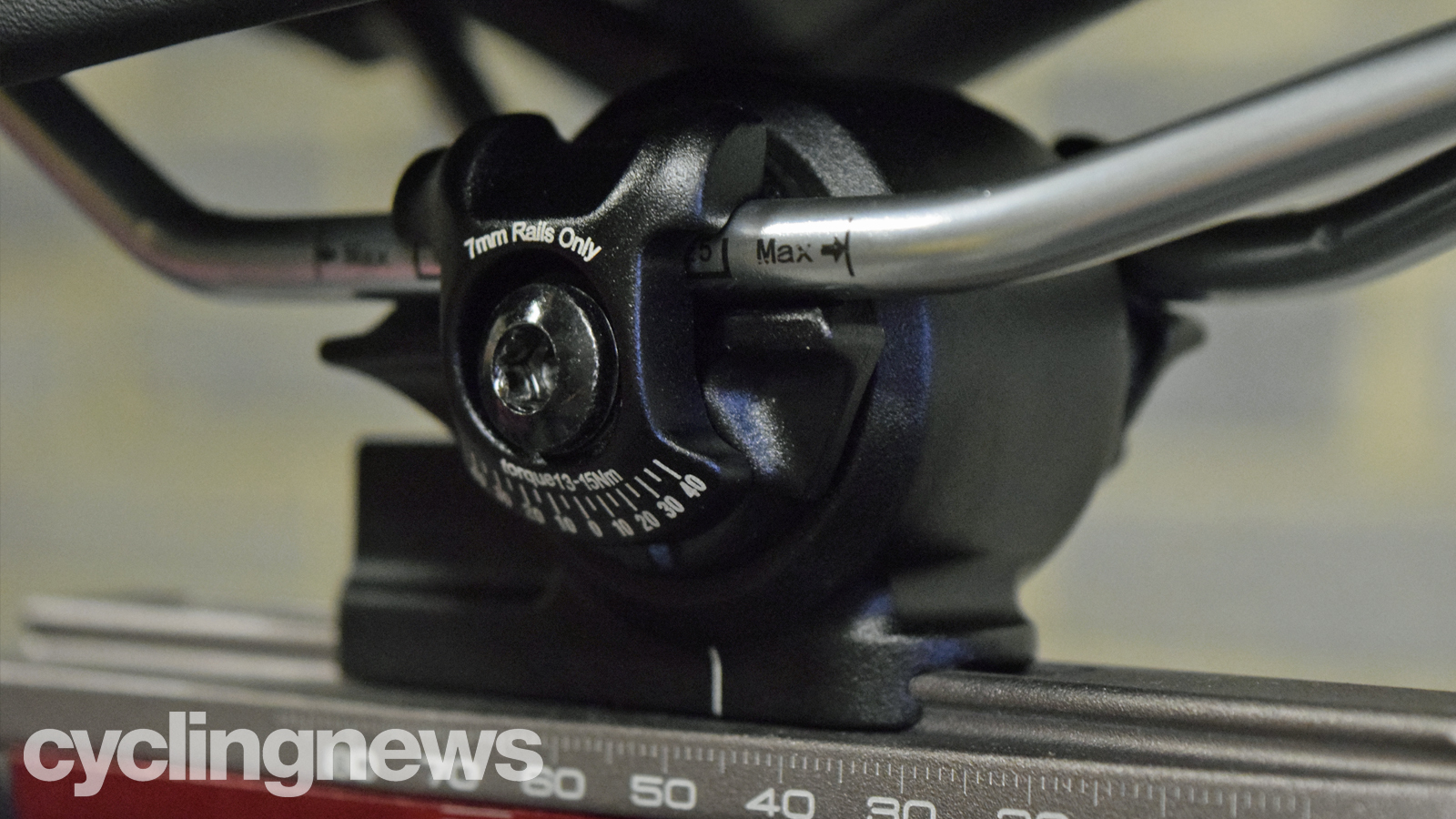
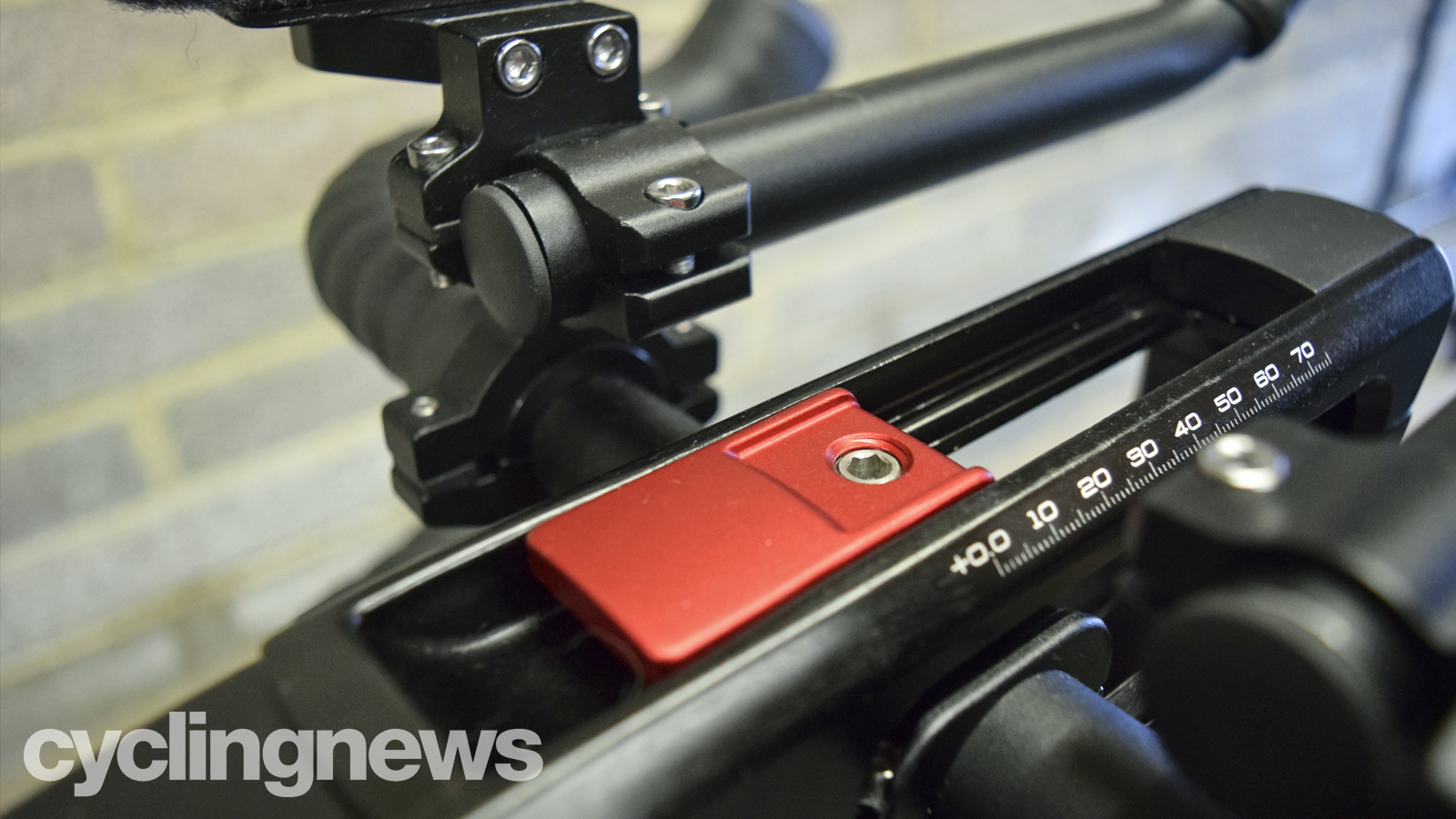
You're only likely to need to do it once if you're the only one who'll use it, but the same would also be true for the saddle and handlebar height. If you're in a multi-cyclist household, however, either someone will need to compromise on their position, or you'll need to keep a set of hex keys nearby. Luckily, all areas of adjustment are marked with measurements, so making a note of these will speed up the process of setting the bike to your fit after your partner/housemate has finished their ride.
On the subject of compromised positions, the range of adjustment - which I would agree is ample for most riders - was unfortunately not ample enough to replicate my road bike position. At my required saddle height (788mm) and setback (73mm), the maximum reach available from nose-to-bar was approximately 40mm short of the necessary 591mm, suggesting to me that the overall reach of the Atom is short. Increased adjustment of the cockpit arrangement would have resolved this issue.
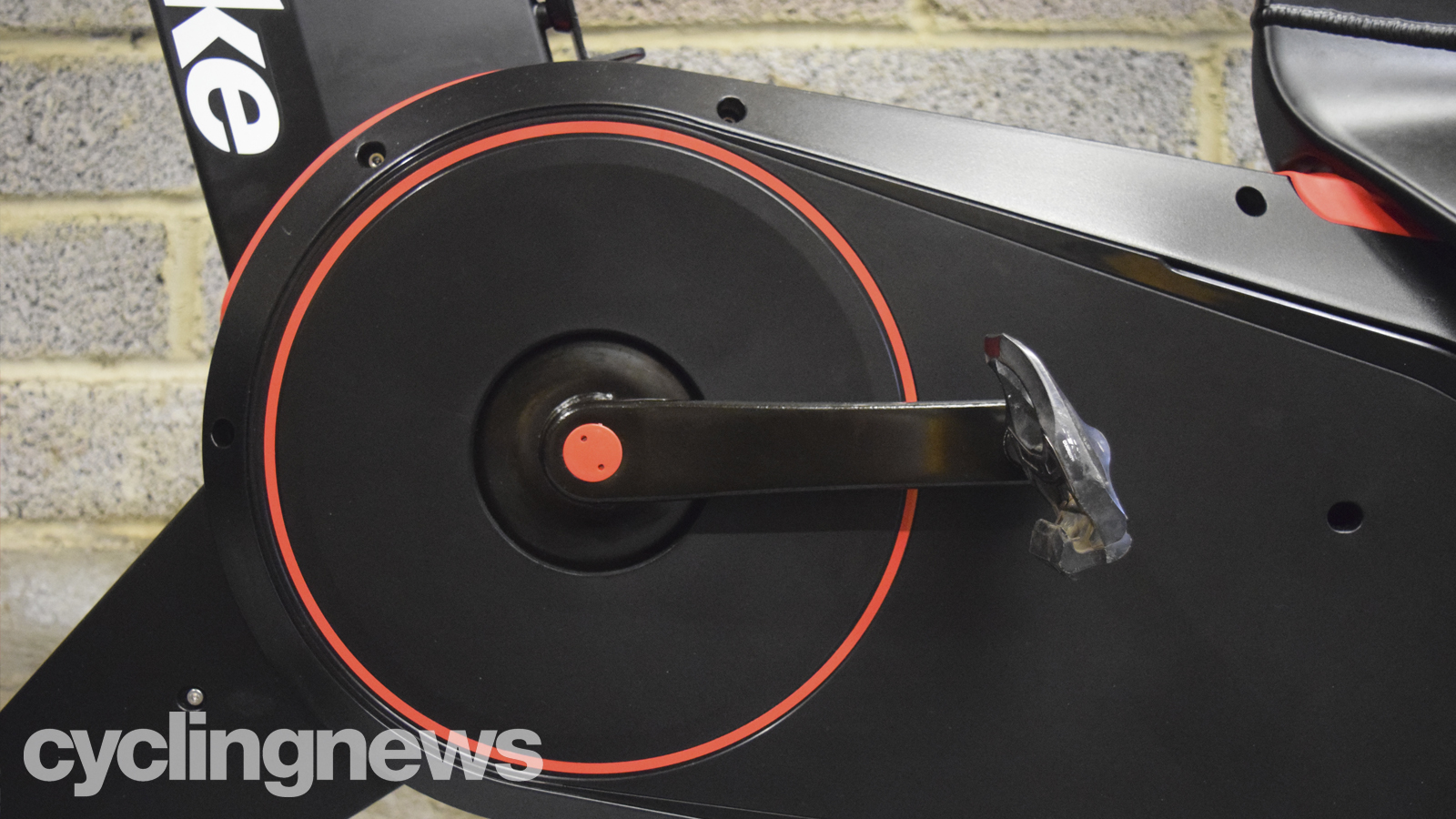
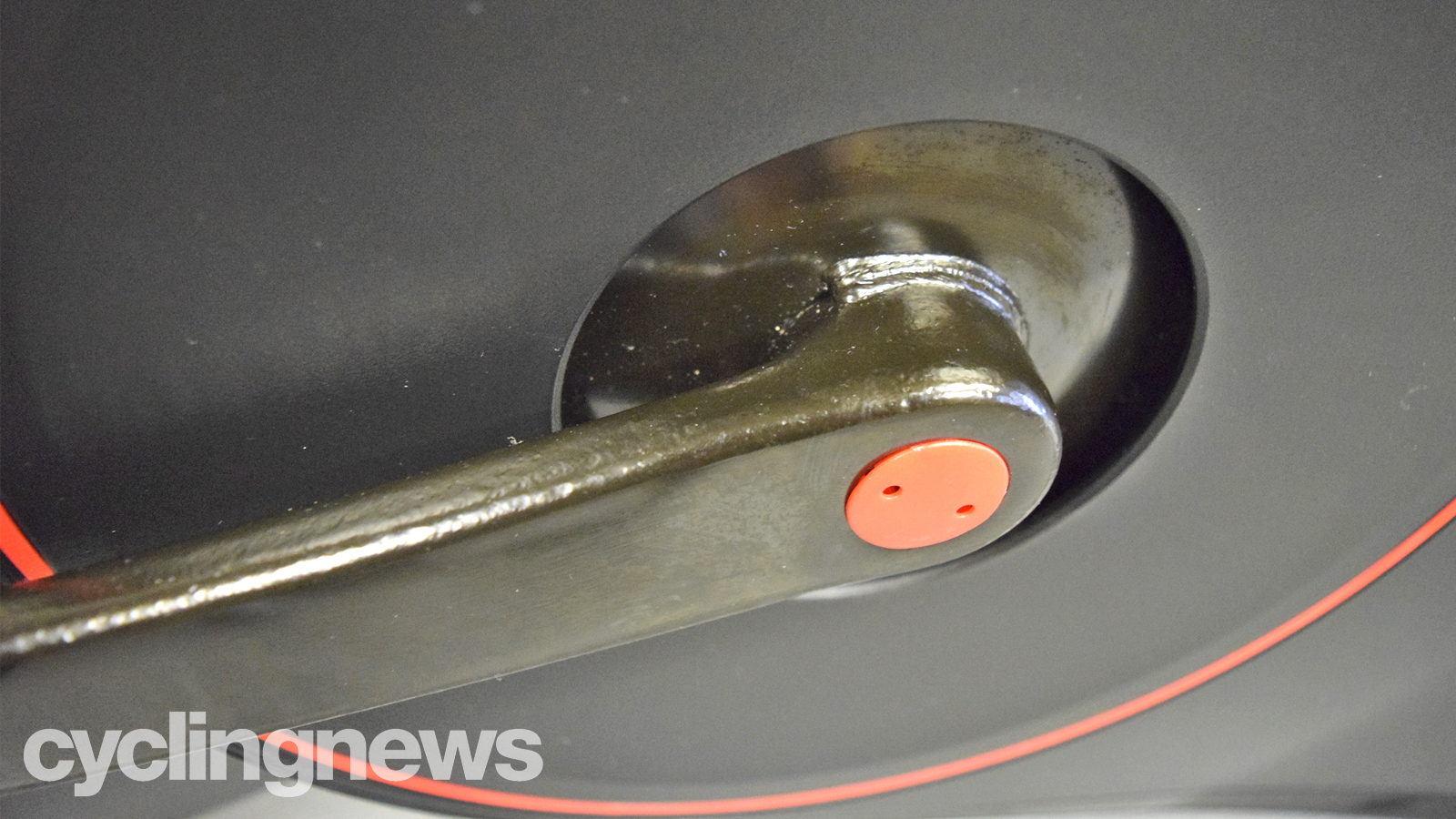
The Atom's cranks are 170mm in length, but fixed and irreplaceable, meaning if you are finicky about your crank length and 170mm isn't your go-to, the Wattbike will leave you disappointed. However, this figure is a happy average across the bell curve of cyclists' needs, and the vast majority of riders will be covered.
Specifications
For the old Atom, Wattbike relied on physical motors to move the magnets which affected the resistance. For the Next Generation model, Wattbike has employed an electric current to the magnet, which is said to instantaneously amend the resistance.
With the same end goal in mind, Wattbike also added a cadence sensor to the flywheel as well as a crank angle sensor. The result of this is a system that can measure power output 48 times per revolution, versus the former model's two. This further speeds up the responsiveness to a change in resistance, however, it is more noticeable when using erg mode, which is designed to hold power at a specific output no matter the cadence. The former bike used to drift above and below the desired wattage by upwards of 30 watts, and would often cause the fishtail effect of over-compromising up and down.
The Atom Next Generation has resolved this issue, and as a result, gear shifting is instantaneous and interval response no longer comes with that three-second delay. When compared to a traditional bike-and-trainer setup, the lack of physical 'clunk' still takes a little bit of getting used to, but it's genuinely better.
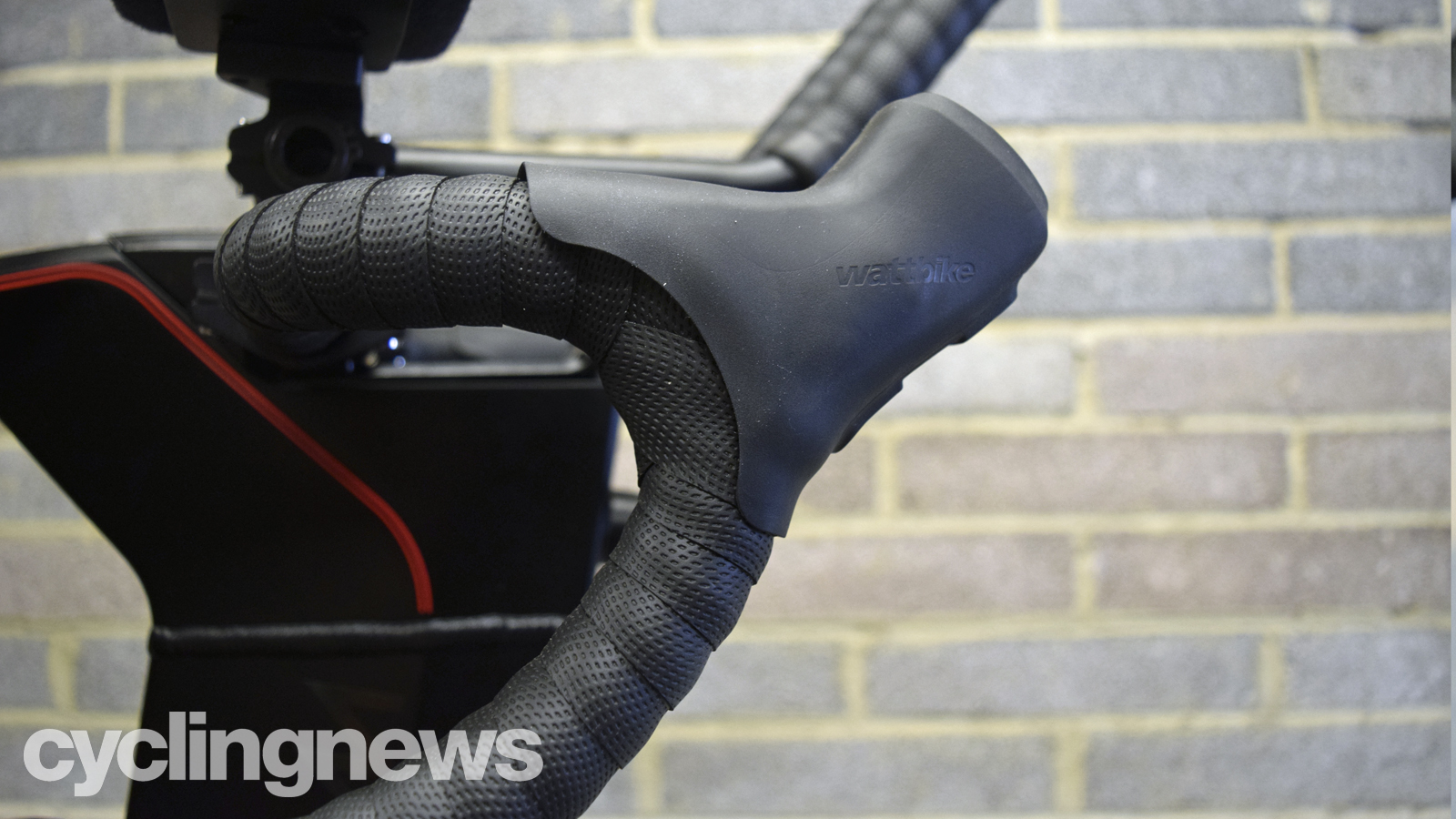
Like the former model, there are two up/down shifter buttons on each of the road-like hoods, and an additional 'hidden' button atop the hoods (not too dissimilar to that on Di2 shifters). The tactility of these buttons is less obvious than on the former model, however, this could be a symptom of the age of the bike and tactility could 'bed in' over time as the rubber covers lose their stiffness.
The buttons perform the same actions as in the former model, which is dependent on the app in use. In Zwift, the shift buttons change gear whilst the top buttons are void. In the Wattbike Hub app, the buttons enable resistance adjustment, page swapping and the ability to lap your intervals.
The buttons are positioned perfectly for riding in the hoods but do become a little less convenient when in the drops. In this position, it's only possible to reach the downshift button, meaning sprinting can be awkward.
Performance
From a technological standpoint, excluding the aforementioned issues with adjusting to my correct fit, the Atom Next Generation is a marked improvement over the original and it's now back in line with the performance expected from today's best smart trainers and smart bikes.
Throughout my testing period, I tried the Atom with three different applications: Zwift, TrainerRoad and a development iteration of the Wattbike Hub App (at the time of testing, the available-to-market Wattbike Hub App wasn't quite ready for use with the Atom Next Generation).
During erg mode in TrainerRoad, there were a few issues that included occasional resistance spikes and an erg mode that was slow-to-respond to changes in cadence or output, which resulted in that aforementioned fishtail effect. Engineers confirmed the bike was yet to be optimised for use with TrainerRoad and that this was likely to be the cause.
With the Wattbike hub app, the resistance control was much more refined during 'free-ride' modes, however, I was unable to test predefined workouts as many of them were designed to fail intentionally for testing purposes.
Within Zwift, everything worked as one would expect from a high-end indoor setup, with shifting instantaneous and adjustments in resistance were smooth.
Should you buy a Wattbike Atom?
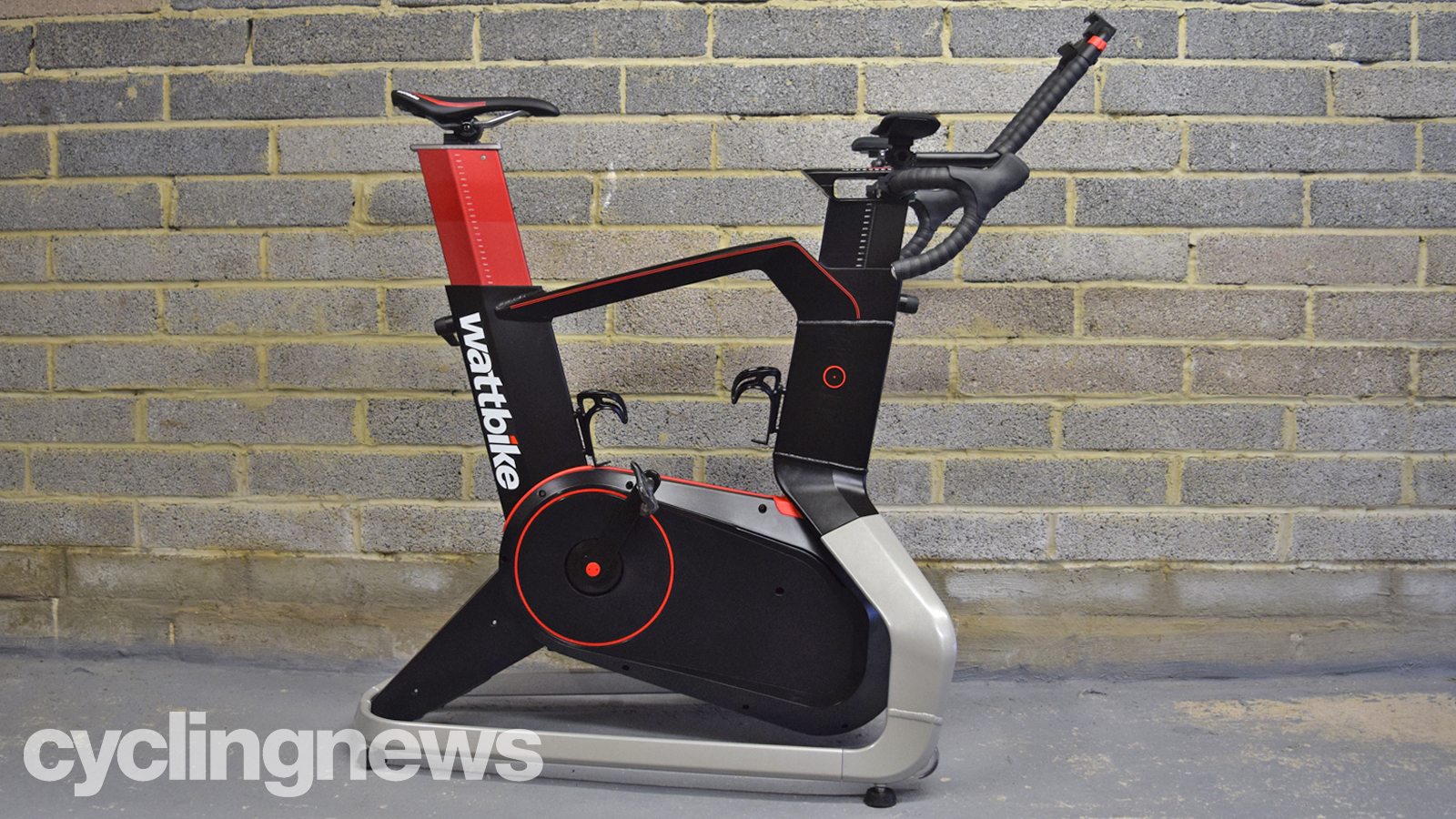
Whilst the other best smart bikes on the market are more expensive, the outlay of an Atom is not insignificant by any means, so value for money will undoubtedly be a factor, and it's worth considering what you need from your indoor setup.
If you're new to cycling and you don't own a bike already, I would argue that the bike-plus-trainer method will provide you with two solutions (an indoor setup, as well as a bike that can be used outside), enabling you to put your training to use outdoors - and hence, better value for money. However, if you're only ever considering riding indoors, the smaller, yet sturdier footprint of the Atom is a better proposition for sure, and one that will require zero maintenance.
If you already own a bike, you need to consider whether you're happy to sweat all over it and whether the financial cost of putting extra wear and tear on your components is worth it. If there are more than two cyclists in a household, the Atom becomes a better proposition than two road bikes and one turbo trainer, by virtue of its easy adjustment, although this is dependent on how specific the fit requirements are, as I've mentioned above.
If you're finicky about your bike fit, you might find the Atom is unable to meet your needs due to the irreplaceable crank lengths and somewhat limited range of adjustment.
Verdict
As a training tool, I see plenty of merit in owning a Wattbike Atom. The adjustability didn't fit my bike fit requirements, but only if I were training for a specific event would I find the need to perfectly replicate my on-road position anyway. Not to mention, it would likely fit the vast proportion of the population's needs.
The standalone nature of the system makes for a very easy get-on-and-go smart bike. I definitely prefer not to have to set up a bike prior to every ride, and the Atom is factory calibrated meaning you don't even have to worry about that.
By improving the responsiveness, it's now back in line with the ride quality of today's best smart trainers and competitor smart bikes and makes for more accurate and productive training sessions.
There are things I'd like to see added, such as variable crank length, a wider range of fit options and perhaps additional shift button positions, but considering that the Atom Next Generation comes in as the budget option in the smart bike crowd, I'd happily forego a few of those refinements and would have no reservations in recommending the Wattbike Atom Next Generation.
UK consumers can order the Atom Next Generation immediately, while availability in other markets is yet to be announced.
Buy the Wattbike Atom Next Generation for £1,899.00 at Wattbike

Josh is Associate Editor of Cyclingnews – leading our content on the best bikes, kit and the latest breaking tech stories from the pro peloton. He has been with us since the summer of 2019 and throughout that time he's covered everything from buyer's guides and deals to the latest tech news and reviews.
On the bike, Josh has been riding and racing for over 15 years. He started out racing cross country in his teens back when 26-inch wheels and triple chainsets were still mainstream, but he found favour in road racing in his early 20s, racing at a local and national level for Somerset-based Team Tor 2000. These days he rides indoors for convenience and fitness, and outdoors for fun on road, gravel, 'cross and cross-country bikes, the latter usually with his two dogs in tow.
